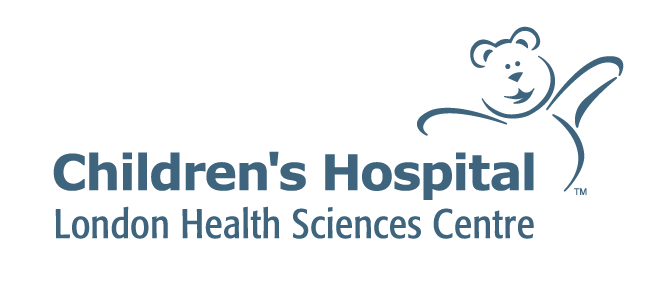Epilepsy Surgery in Children
Around 30% of children with epilepsy will not achieve seizure control with 2 or more well tolerated and well chosen anti-seizure medications. These are children referred to as having drug resistant epilepsy (DRE). When this is the case, the child (especially the ones who have structural abnormalities on the MRI and/or focal onset seizures) must be evaluated for a potential curative resective surgery. For these families and children, epilepsy surgery is discussed early on in the process as this is a shared decision making effort between the family and their medical team.
- The goal of curative epilepsy surgery (Focal Resection or Hemispherotomy) is: NO SEIZURES AND NO SIDE EFFECTS. This best possible outcome can be reached after careful evaluation of the child.
- Epilepsy surgery is an effective therapy that can result in seizure freedom in around 60 to 80% of well selected cases.
- For Children with DRE who are not candidates for curative epilepsy surgery, there are other surgical options such as: Corpus Callosotmoy or the Vagal Nerve Stimulator.
The following tests are the most common tests used to help us determine eligibility for epilepsy surgery:
- Paediatric Epilepsy Monitoring Unit (PEMU) admission- Video-EEG recordings of the typical epileptic seizures for a given patient is mandatory to localize the area of the brain responsible for seizure generation; we want this data to match the location (if that is the case) of abnormalities found in the MRI.
- Brain MRI- To look for a structural brain lesion that might be responsible for the epilepsy. The most common lesions associated with epilepsy are: malformations of cortical development such as focal cortical dysplasias, scar tissue from an old stroke, infection or trauma, vascular malformations, or abnormalities associated to specific genetic conditions such as a cortical tuber in children diagnosed with Tuberous Sclerosis.
- Neuropsychology Assessment - the paediatric neuropsychologist will complete a specific and extensive evaluation of the higher mental functions of the child. This includes attention, memory, and language. These evaluations are an important part to the pre surgical work up to understand areas of the brain that may be in close proximity to the area causing the seizures.
After all the data is collected, the child’s case is discussed in our seizure conference. This is where a multidisciplinary group of experts led by the paediatric epileptologists and the paediatric neurosurgeon make a surgical proposal which is tailored for each specific case. The potential surgery options for children with Drug Resistant Epilepsy (DRE) are: Focal Resection, Hemispherotomy, Corpus Callosotmoy, or a Vagal Nerve Stimulator.
At the seizure conference, if the tests that have been completed already do not provide a clear answer on surgery, other tests may be ordered. Other tests that can help guide a surgical decision include;
- 3T MRI
- PET (Positron Emission Tomography)
- fMRI (functional MRI)
- SPECT (Single Photon Emission Computed Tomography)
- MEG (Magneto-encephalogram).
After these tests are completed, another seizure conference will occur to discuss a proposed surgical plan.
Sometimes an invasive monitoring procedure may need to occur to provide the doctors with more information on where the seizures are coming from before an epilepsy surgery can take place. This is done either through Sub-dural Electrodes or through Stereo-encephalography (SEEG).
After all the information is gathered and type of surgery is determined, a consultation will take place with the family, the Paediatric Neurosurgery Team, and the Paediatric Epilepsy Team to discuss the proposed surgical plan and answer any questions that the family may have.
See the Surgical Process Map for more information.



